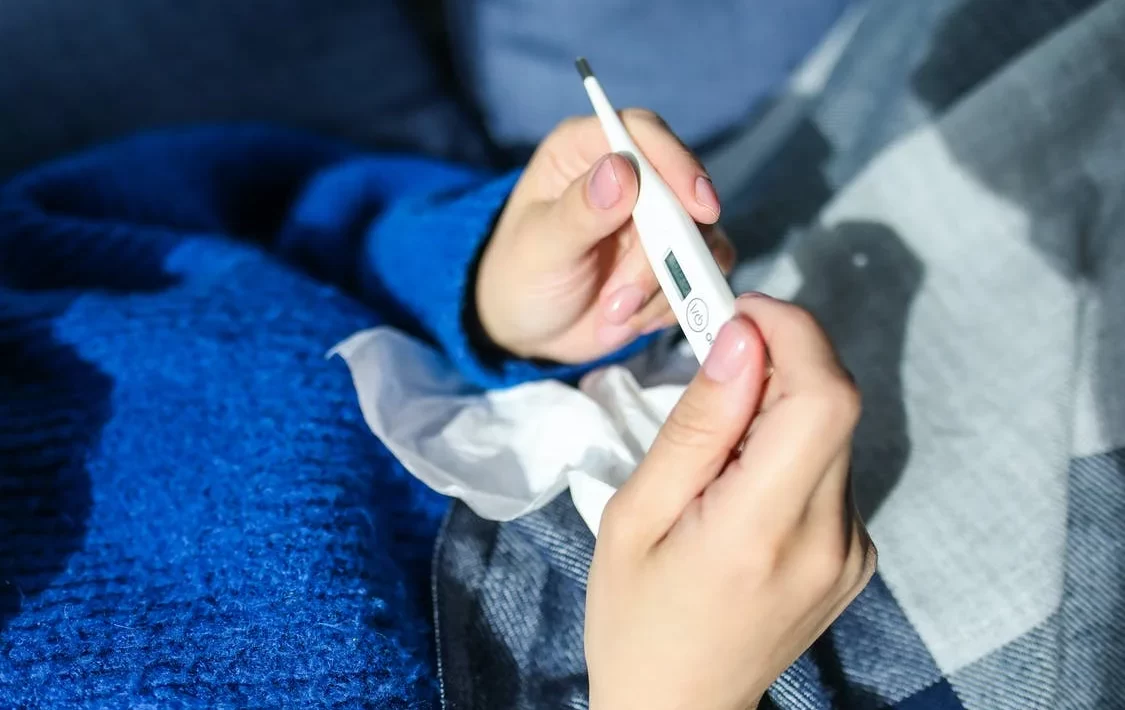In this day and age of COVID-19, it can be quite challenging to make time to worry about anything that is not COVID. And, it has been like that since the pandemic invaded our lives and created a strain on our lifestyles. However, that does not mean you should continue living like nothing is harmful in the atmosphere besides COVID. As seasons change rapidly and summer arrives, so do viral infection.
Although many have taken general health precautions up a notch thanks to COVID, it does not necessarily mean that one is immune to any sort of viral infections that may affect human beings.
It is essential to take care of yourself in every aspect of health. So, protecting yourself from current or future viral infections is an absolute must. And in order to do so, make sure to stock up on medical essentials through the help of online pharmacies such as Click Pharmacy. So, what exactly is a viral infection? What are some of its symptoms causes, and how do you treat them? Keep reading to find out.
What is a Viral Fever?
As most of us already know, the common body temperature of a human being is around 98.6°F or 37°C. So, anything above this specific temperature is considered a fever. Usually, a fever is a clear indication of the fact that your body is busy fighting off some kind of bacterial or viral infection.
Simply put, a viral fever is any fever that is induced by an underlying viral illness. Furthermore, various forms of viral infections are known to have an impact on humans – from the common cold to even the flu. While a typically low-grade fever is considered a symptom of various viral infections, some viruses, for instance, dengue fever, are known to cause a higher fever.
What are Common Symptoms of Viral Fever?
As mentioned before, viral fevers can range in temperature from 99°F to over 103°F or 39°C. Anything above 37°C is a viral fever. However, it heavily depends on the underlying virus.
If you have viral fever, these are some of the common symptoms that you might experience:
- Chills or shivering
- Intense sweating
- Severe dehydration
- Constant headaches
- Muscle aches and pains
- Feelings of weakness or fatigue
- Loss of appetite
The good news is that these symptoms often only last for a few days at best.
What Causes a Viral Fever?
A viral fever is caused by an infection that mutates with a virus. See, viruses tend to be microscopic infectious agents. And these agents infect and then multiply within the cells of your body. As you know, a fever is your body fighting off a virus. So, it is important to note that several viruses are quite sensitive to switches in temperature. That is why a sudden increase in your body temperature allows your system to become less hospitable to viruses.
But, there are a lot of ways that you can become infected with a virus. They include:
-
Inhalation
The most basic way of transferring infection is through inhalation. Basically, if an individual infected with a viral infection sneezes or coughs near you, and you breathe in droplets containing the virus, you will also be infected. This is a well-known fact as COVID-19 is spread in a similar method. The flu or the common cold are also excellent examples of getting viral infections from inhalation.
-
Ingestion
Another common way of getting infected is by consuming foods and drinks that might be contaminated with viruses. So, if you eat such contaminated foods, you are bound to develop an infection. For instance, norovirus and enteroviruses are infected through ingestion.
-
Bites
Insects and other animals are capable of carrying viruses. If such creatures bite you, you can develop an infection, such as rabies and dengue fever.
-
Bodily fluids
You can also get a viral infection by exchanging bodily fluids with someone who already has a viral infection. As a result, they can transfer the illness—for example, Hepatitis B and HIV.
How Does One Treat Viral Infections?
Fortunately, in most cases, viral fevers do not require any sort of specific treatment. And, unlike bacterial infections, viral infections do not react to antibiotics. As opposed to antibiotics, treatment often emphasises providing relief from your symptoms. The most common treatment methods available are:
- Taking over-the-counter fever reducers
- Resting your body and mind as much as possible
- Drinking plenty of fluids to prevent dehydration
- Replenish fluids that are lost while sweating by increasing intake of water and other fluids
- Taking antiviral medications
- Taking lukewarm baths in order to bring your body temperature down
What is the Typical Contagious Period of Viral Infections?
Contagiousness means the ability of a virus to be transferred from one host to another. The contagiousness of a viral infection depends heavily upon what type of virus it is. One could say it is typically contagious for varying periods. However, it is vital to note that the contagious period of a virus is not the same as the incubation period.
Assistance from a Doctor
The following symptoms indicate a need for urgent medical treatment:
- Constant severe headache
- Difficulty breathing
- Chest or abdominal pains
- Frequent vomiting
- Rashes
- Inability to move neck or if you detect pain when you move it
- Confusion or delusion
- Convulsions or seizures





